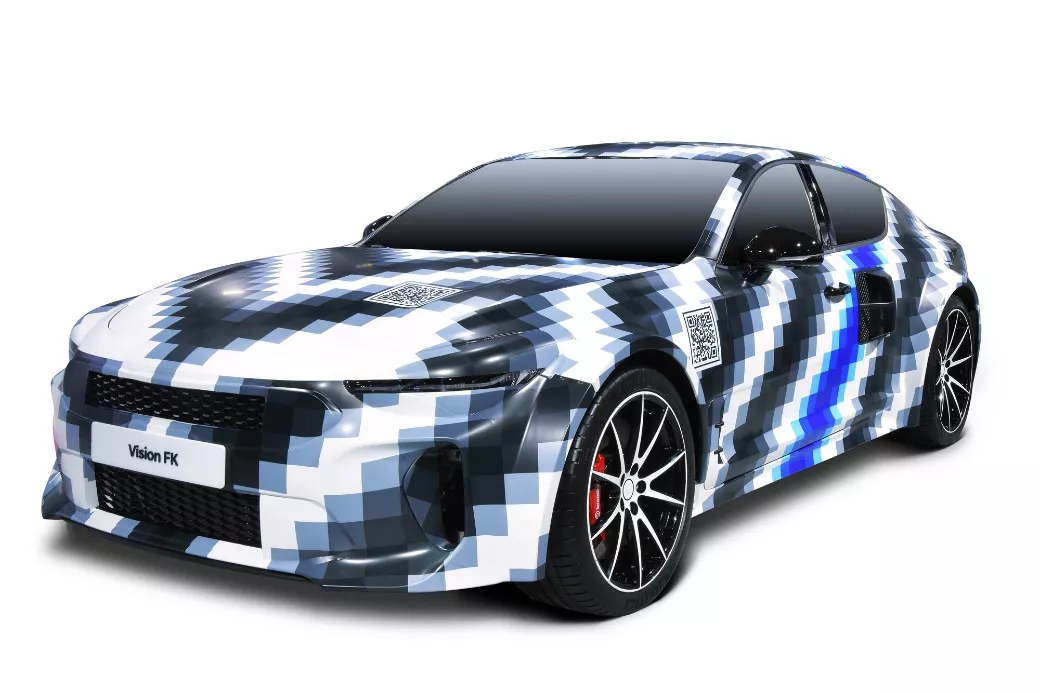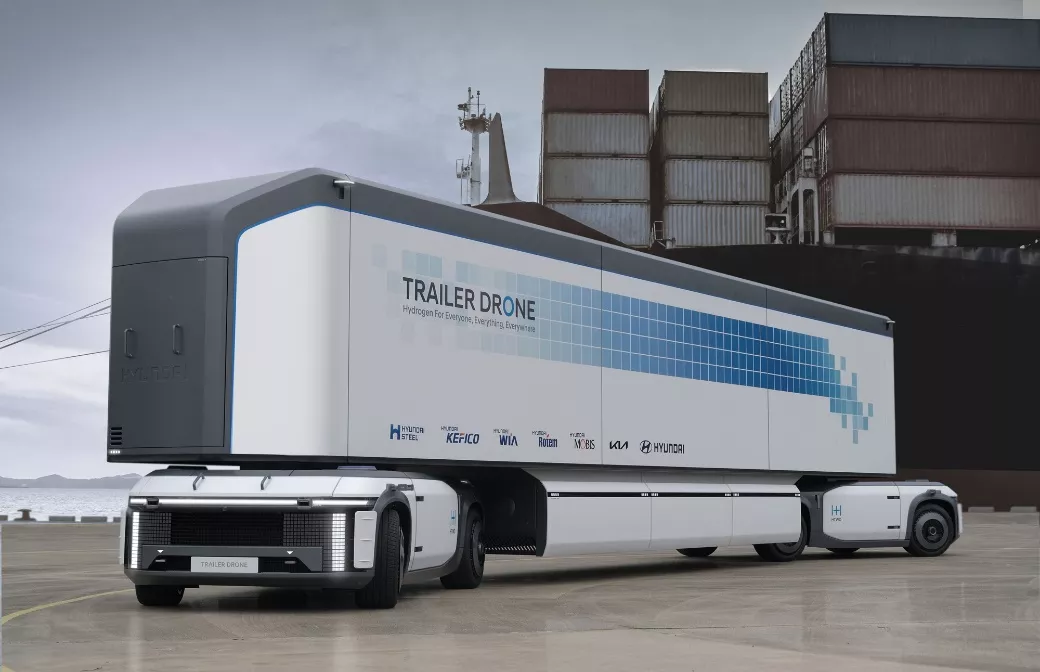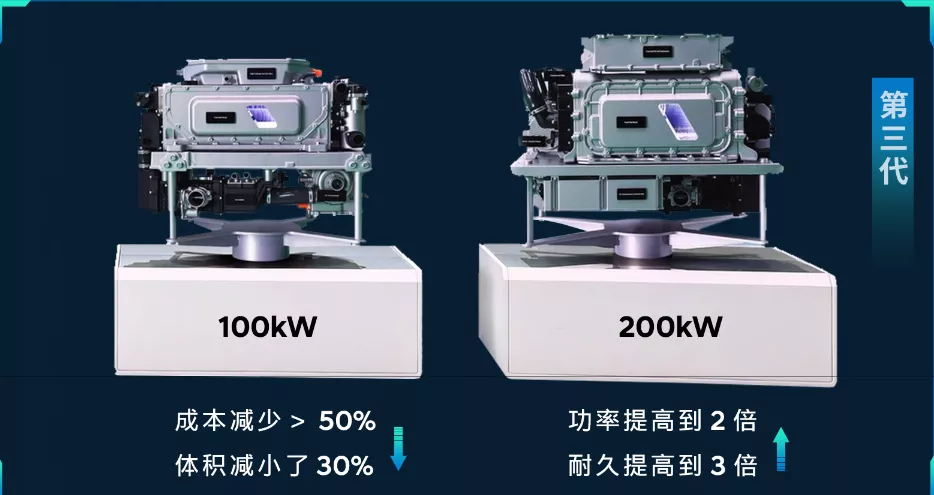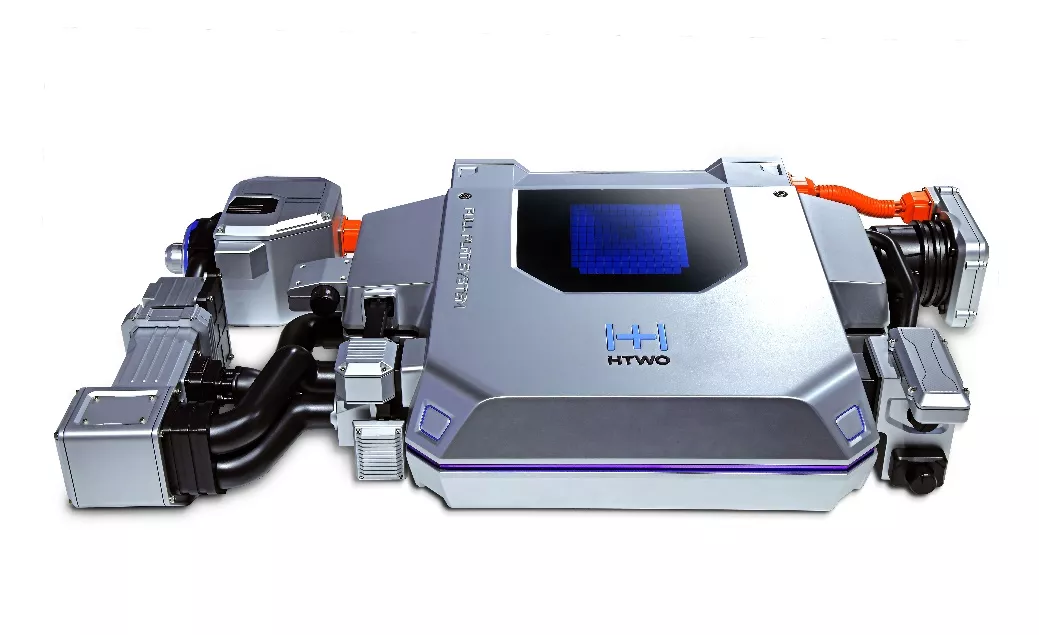Author: Wang Lingfang
Hyundai Motor Group has announced a grand vision to help build a global hydrogen society by 2040.
On September 7th, Hyundai Motor Group unveiled this goal at the “Hydrogen Wave” global online event.
Hyundai has also set two interim goals: by 2028, Hyundai Motor Group will become the world’s first company to complete the hydrogen transformation of all commercial vehicles; by 2030, it will achieve hydrogen fuel cell vehicle prices comparable to pure electric vehicles. By 2040, hydrogen will not only be applicable to transportation, but will also be more widely used in various industries and fields.
Of course, Hyundai’s goal is not just a pipe dream, as it already has a certain foundation in the fuel cell vehicle (FCV) field. In the passenger car sector, it launched the world’s first mass-produced hydrogen fuel cell passenger car ix35; in the heavy-duty commercial vehicle sector, its hydrogen fuel cell technology is more widely used. In addition, it has established the world’s first dedicated hydrogen energy brand, HTWO.
These foundations and achievements are difficult for other companies to reach and surpass.
Externally, Hyundai claims to be a company with equal emphasis on battery electric vehicles (BEV) and fuel cell technology (FCV). However, it seems to have an advantage in the fuel cell technology field. Moreover, globally speaking, Hyundai Motor Group is the largest investor in hydrogen fuel cell electric vehicles. I wonder what their chances of winning this high-stakes gamble are?
Both Commercial and Passenger Vehicles Have Mass-Produced Products
In the fuel cell field, Hyundai Motor Group is one of the few companies in the world that has mass-produced both commercial and passenger vehicles.
In the passenger car sector, as early as 2013, Hyundai Motor Group launched the world’s first mass-produced hydrogen fuel cell car, the ix35 FCEV, which shook the industry. In 2018, the new generation of hydrogen fuel cell SUV model NEXO was launched.
Hyundai is now turning its attention to high-performance cars.
At the event, Hyundai Motor Group showcased its latest hydrogen hybrid sports car concept Vision FK, developed in collaboration with its investment company Rimac Automobili. As the world’s first hydrogen fuel cell car that combines a hydrogen fuel cell energy converter with a high-power, rear-wheel-drive plug-in hybrid (PE) power system, Vision FK has a maximum output power of over 500 kW, can accelerate from 0 to 100 km/h in less than 4 seconds, can be refueled with hydrogen in 20 minutes, and has a maximum cruising range exceeding 600 km.
 In the field of commercial vehicles, Hyundai started relatively late. In 2005, Hyundai produced its first fuel cell public bus equipped with a 160 kW fuel cell power system, with a range of 380 kilometers.
In the field of commercial vehicles, Hyundai started relatively late. In 2005, Hyundai produced its first fuel cell public bus equipped with a 160 kW fuel cell power system, with a range of 380 kilometers.
In 2019, Hyundai unveiled its Neptune concept truck at the North American Commercial Vehicle Show. In October 2020, the world’s first hydrogen fuel cell heavy-duty truck, the XCIENT Fuel Cell, made its online debut. Starting in July 2020, Hyundai delivered 50 units of the XCIENT Fuel Cell to the Swiss market, and will deliver an additional 140 new hydrogen fuel cell heavy-duty trucks to Switzerland by the end of 2021.
Hyundai Motor Group is currently developing a tractor based on the XCIENT Fuel Cell heavy-duty truck and plans to release it in 2023. At the same time, Hyundai Motor Group plans to develop personalized and customized hydrogen fuel cell models (Purpose Built Vehicles, PBV) with a length of 5-7 meters.
Producing is one thing, selling is another.
According to official Hyundai data, from the mass production of the ix35 FCEV in 2013 to 2020, Hyundai sold a cumulative total of 10,144 fuel cell vehicles in 7 years, making Hyundai the first automaker to sell more than 10,000 hydrogen fuel cell vehicles in the global market.
According to statistics from H2 Research, as of June 2020, the cumulative sales of the NEXO model exceeded 10,000 units, and the NEXO’s sales in 2020 accounted for 75% of the global hydrogen fuel cell passenger car market. It is the best-selling hydrogen fuel cell vehicle in the world.
Looking to the future, Hyundai Motor Group has proposed a variety of hydrogen fuel cell products for use in the automotive sector, including the Trailer Drone, Fuel Cell e-Bogie, Rescue Drone, H Moving Station and RHGV (Rescue Hydrogen Generator Vehicle).
At the press conference, the Trailer Drone made its official debut as a brand-new concept vehicle. It is a fully autonomous container transportation system that is powered by a hydrogen fuel cell system and is equipped with two intelligent unmanned transportation platforms, the e-Bogie.
 The e-Bogie powered by fuel cell is a versatile and intelligent unmanned transport platform that can be applied to various scenarios. Its design is inspired by the bogie in the railway industry, and it is located underneath the container and carries a hydrogen fuel cell system to achieve fully independent four-wheel steering. By installing two e-Bogies with hydrogen fuel cells, the Trailer Drone can move laterally, significantly improving vehicle maneuverability, and can be automatically driven in port operations and narrow urban environments. Additionally, it also has a “cluster mode,” which enables multiple Trailer Drones to travel synchronously like trains, further improving efficiency.
The e-Bogie powered by fuel cell is a versatile and intelligent unmanned transport platform that can be applied to various scenarios. Its design is inspired by the bogie in the railway industry, and it is located underneath the container and carries a hydrogen fuel cell system to achieve fully independent four-wheel steering. By installing two e-Bogies with hydrogen fuel cells, the Trailer Drone can move laterally, significantly improving vehicle maneuverability, and can be automatically driven in port operations and narrow urban environments. Additionally, it also has a “cluster mode,” which enables multiple Trailer Drones to travel synchronously like trains, further improving efficiency.
The Rescue Drone is a new concept car powered by hydrogen fuel cell, which can achieve remote automatic driving and is used for firefighting and rescue operations. It has an independent steering system that can achieve stationary steering and “crab-style” driving. It can also execute tasks through images transmitted by drones installed outside the vehicle. Its single hydrogen charge can reach a range of 450~500 km.
The H Moving Station is a heavy-duty vehicle equipped with a hydrogen fuel cell vehicle refueling device. This mobile refueling station can refuel up to 25 NEXO’s hydrogen fuel cell system at a time, providing convenient hydrogen refueling experience for areas where the number of refueling stations is limited or refueling stations are under maintenance.
The Rescue Hydrogen Generator Vehicle (RHGV) can provide charging rescue for vehicles in remote and rugged areas and can simultaneously provide single-phase 220V and three-phase 380V power supply.
At the press conference, Hyundai Motor Group showcased a series of new hydrogen fuel cell systems to the world, demonstrating its leading edge technology.Hyundai Motor Group unveiled its third-generation hydrogen fuel cell system, which has a lower price, smaller size, higher power, and greater durability. The system is planned to be launched in 2023, with two power specifications of 100kW and 200kW.

Compared with the second-generation hydrogen fuel cell system, the third-generation product cost has been reduced by more than 50%, and the size of the 100kW hydrogen fuel cell system has been reduced by 30%, making it easier to apply to different vehicle models and application fields. The 200kW power specification is similar in size to the NEXO hydrogen fuel cell system, but the power output has doubled.
This is a key factor in achieving the goal of hydrogen fuel cell vehicles (FCEVs) being as competitive as battery electric vehicles (BEVs) in terms of price by 2030.
In addition, it is noteworthy that the development goal of the third-generation product for the passenger car sector is to achieve a warranty of 500,000 kilometers, which is three times the warranty mileage of the NEXO equipped with the second-generation hydrogen fuel cell system.
At the press conference, Hyundai Motor Group also launched a new energy module system. The energy module system can form a series of power output systems such as 500kW or 1MW by stacking 100kW unit modules, which is very suitable as an emergency power supply system for large ships or IT companies.

At the same time, the conference also showcased a “flat” hydrogen fuel cell system, with an overall height reduced to 25cm, which can be used in a variety of transportation equipment, including personalized customized vehicle (PBV) models, MPV models, buses, and trams.

In addition to power and cost, Hyundai’s fuel cell system also has the characteristics of ultra-long cruising range, fast refueling, and safety and reliability.
For example, the 120kW hydrogen fuel cell system carried by the NEXO has a comprehensive cruising range exceeding 800 kilometers under the NEDC standard when fully charged, which is comparable to the cruising range of fuel vehicles and can meet the daily travel and self-driving needs of users.
In terms of fast refueling, the NEXO fuel cell vehicle requires only 5 minutes to fill up the required hydrogen gas for supplementary power.In terms of safety and reliability, NEXO hydrogen fuel cell power system has undergone a series of rigorous verification tests such as cold start performance and extreme condition safety tests to ensure the stability of the power system and ensure the safety of vehicle travel. In 2019, it passed the European NCAP hydrogen fuel cell vehicle safety crash test with a five-star rating.
Hyundai regards China as an important base for the production and sales of fuel cell vehicles. In January 2021, Hyundai Motor Group announced the establishment of Hyundai Motor Hydrogen Fuel Cell System (Guangzhou) Co., Ltd. with the Guangzhou Development District Government, and officially started construction in March. This is Hyundai Motor Group’s first overseas hydrogen fuel cell production and sales base established globally.
This article is a translation by ChatGPT of a Chinese report from 42HOW. If you have any questions about it, please email bd@42how.com.